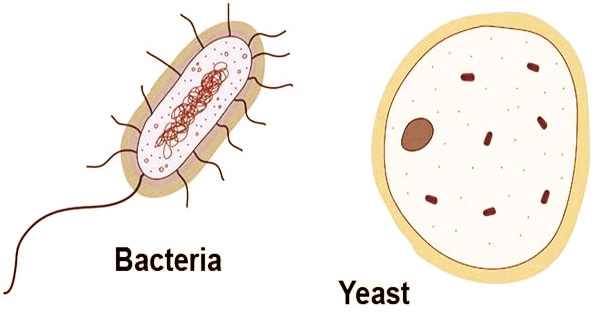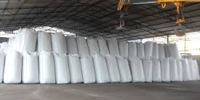Hormones, such as strigolactones, help plants regulate their growth and development by preventing excessive budding and branching. Scientists at UC Riverside were the first to manufacture strigolactones from microorganisms. The research was published in Science Advances, an open-access publication.
Strigolactones also aid in the formation of symbiotic interactions between plant roots and microbes, allowing the plant to collect nutrients from the soil. These two considerations have sparked interest in employing strigolactones to combat weeds and root parasites while also enhancing nitrogen absorption in agriculture.
These root-extruding chemicals aren’t without their drawbacks. They also promote the germination of witchweeds and broomrapes, which can cause entire grain crops to fail, necessitating extensive study prior to commercialization.
Our work provides a unique platform to investigate strigolactone biosynthesis and evolution, and it lays the foundation for developing strigolactone microbial bioproduction processes as alternative sourcing.
Yanran Li
Yeasts thrive in sugar-rich conditions, such as the nectars of flowers, in nature. The capacity of yeasts to convert carbohydrates into alcohol and carbon dioxide through fermentation, a kind of anaerobic respiration, is particularly essential in the commercial world.

The physiological roles of this broad set of hormones in plants are currently being discovered by scientists. Until recently, producing pure strigolactones for scientific research was difficult and expensive, making them unsuitable for agricultural usage.
“Our work provides a unique platform to investigate strigolactone biosynthesis and evolution, and it lays the foundation for developing strigolactone microbial bioproduction processes as alternative sourcing,” said corresponding author Yanran Li, a UC Riverside assistant professor of chemical and environmental engineering.
Li led a team at National University Singapore, together with co-corresponding author Kang Zhou, that transferred plant genes involved in strigolactone synthesis into regular baker’s yeast and nonpathogenic Escherichia coli bacteria, resulting in a variety of strigolactones.
Making strigolactones from yeast proved to be a difficult task. Despite the fact that altered yeast can change the strigolactone precursor carlactone, it was unable to manufacture carlactone using any of the genes utilized by the researchers.
Yeasts are also utilized as model organisms in research. Specifically, yeasts are employed as models to investigate chromosomal structure and function in eukaryotic species. Because yeasts and mammals share many genes and metabolic pathways, yeasts may be examined to learn more about human metabolic processes, such as those involved in the nervous system.
“This project started in early 2018, yet for over 20 months there was basically no progress. The gatekeeping enzyme DWRF27 is not functional no matter how we try in yeast,” Li said. “Kang developed a microbial consortium technique to produce a Taxol precursor in 2015 and that inspired this wonderful collaboration.”
The researchers focused on E. coli, which had previously been demonstrated to be capable of generating carlactone. However, the carlactone it created was unstable and could not be converted into strigolactones by engineered E. coli. The carlactone precursor was optimized and stabilized by Li’s team.
When E. coli and yeast were cultivated together in the same medium, the E. coli and yeast functioned as a team: the E. coli created carlactone, and the yeast turned it into different final strigolactone compounds, much to their joy.
In addition, the approach yielded enough strigolactones to extract and investigate. Using this platform, the researchers were able to determine the activity of many strigolactone biosynthetic enzymes, demonstrating that sweet orange and grape have the ability to produce orobanchol-type strigolactones.
The researchers also changed the metabolism of microbes to increase strigolactone synthesis thrice, to 47 micrograms per liter, which is sufficient for scientific research. Though commercial strigolactone manufacturing is still a long way off, the novel approach for biosynthesizing them from a yeast-bacterium consortium will aid scientists in learning more about this essential category of plant hormones, particularly the enzymes involved.
Enzymes, which are protein catalysts, are responsible for yeast’s alteration of carlactone. Carlactone cannot be acquired commercially due to its unstable nature. As a result, many plant biologists are having trouble finding novel enzymes that can convert carlactone to strigolactones.
“The new yeast-bacterium co-culture provides a convenient way for scientists to complete such works because the bacterium makes carlactone in situ,” Zhou said. “We can produce strigolactones in large quantities in the future if new enzymes are discovered and the microbial consortium is optimized.”
Sheng Wu, Anqi Zhou, and Alex Valenzuela of UC Riverside, as well as Xiaoqiang Ma of the Singapore-MIT Alliance for Research and Technology, collaborated with Li and Zhou on the study. The paper, “Establishment of strigolactone-producing bacterium-yeast consortium,” is available here.
















